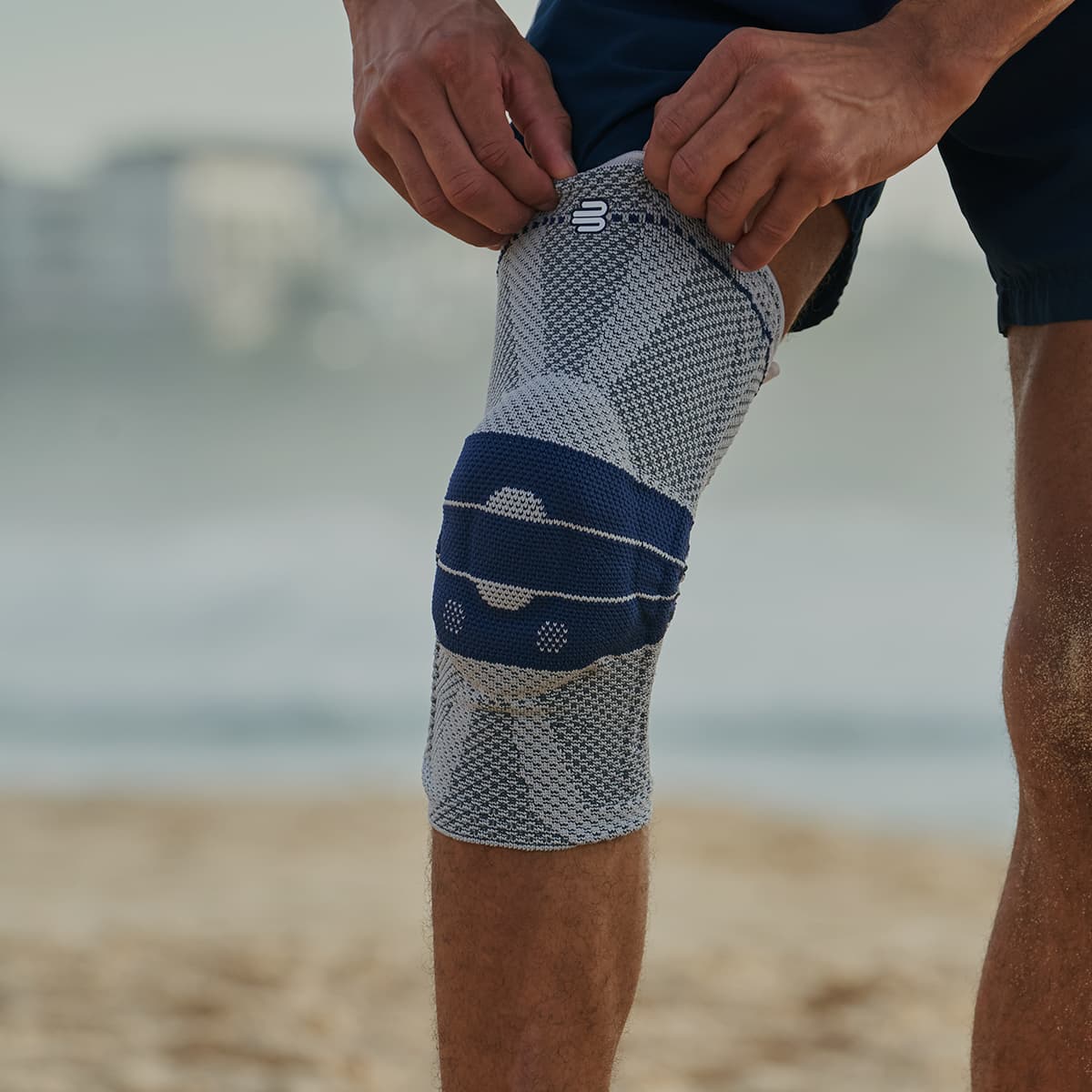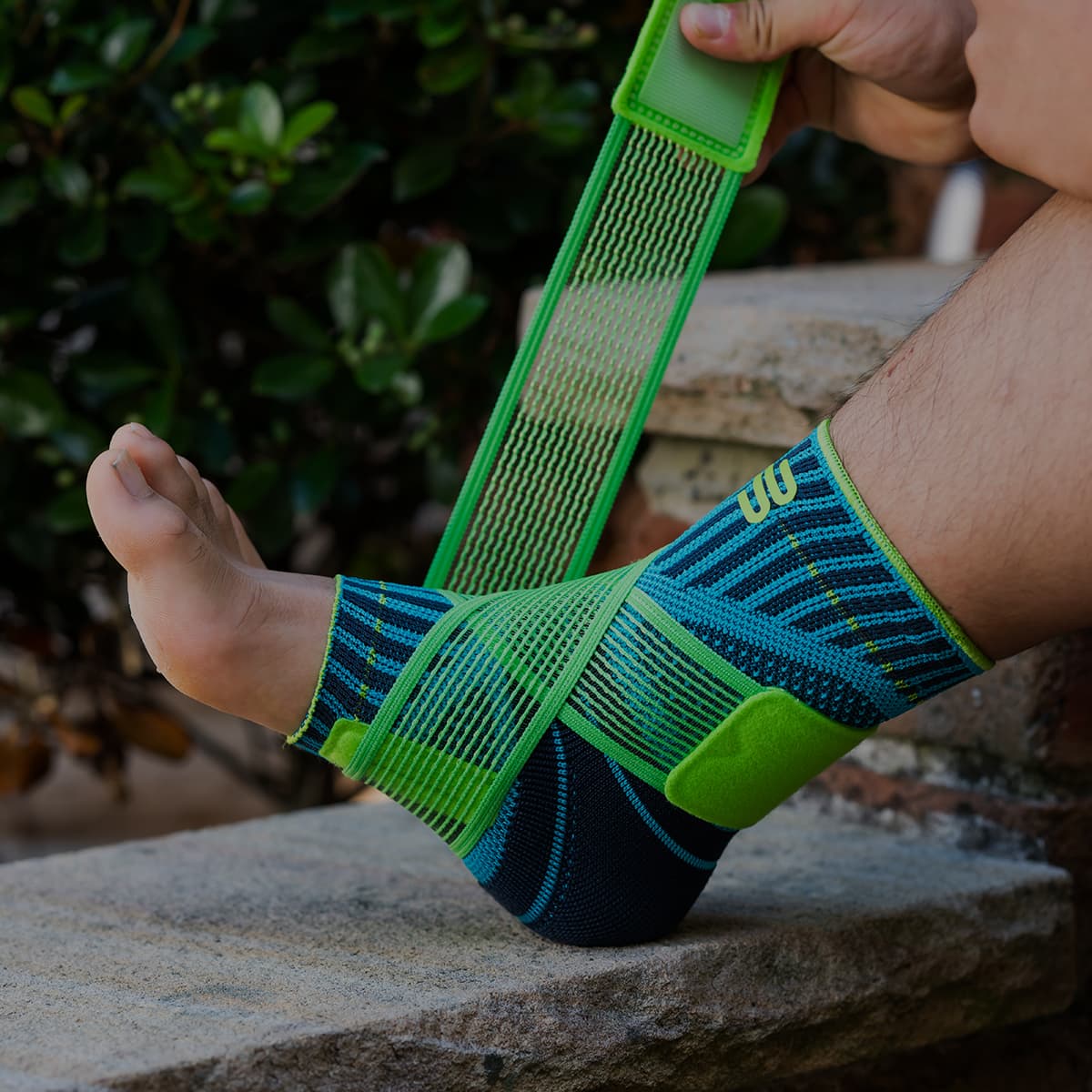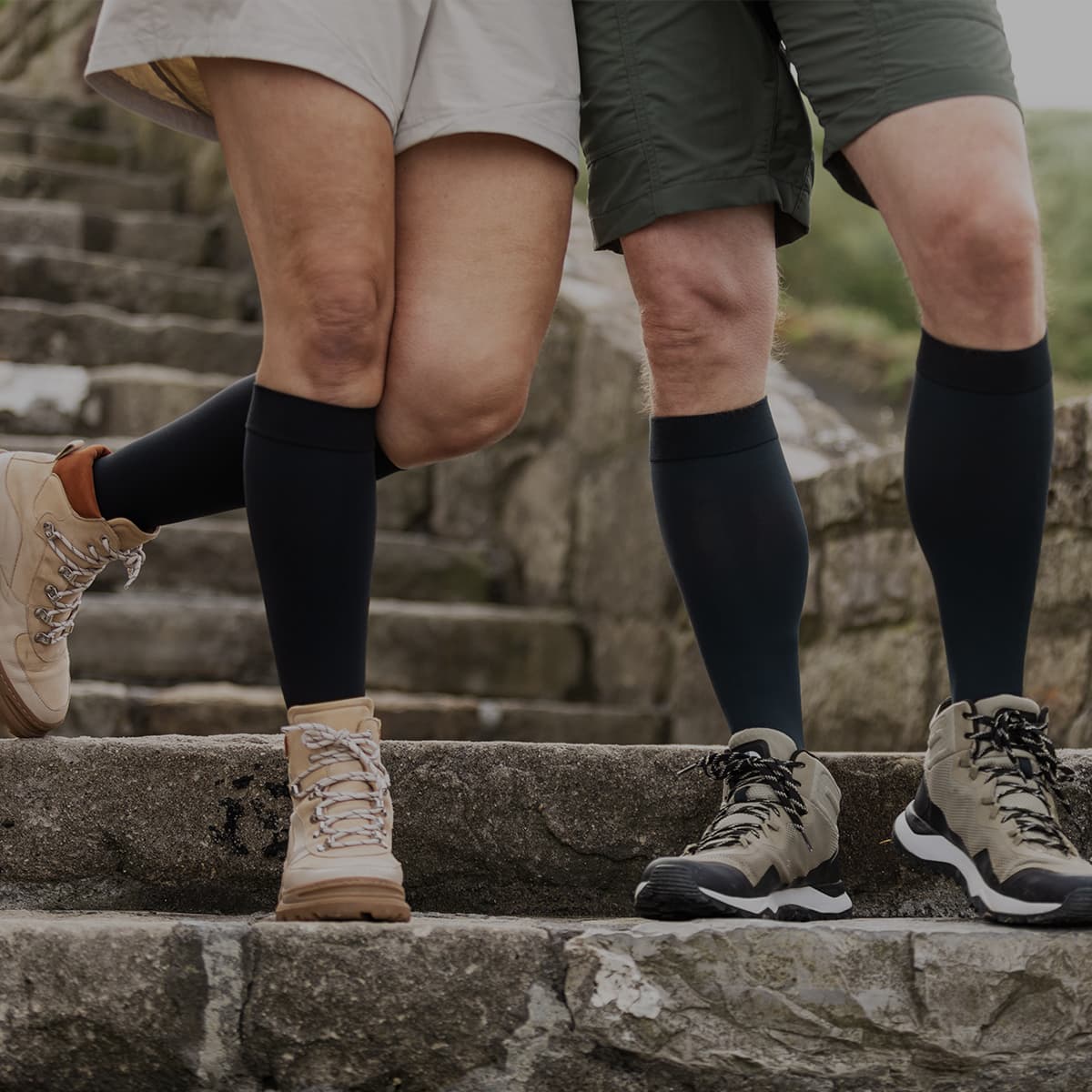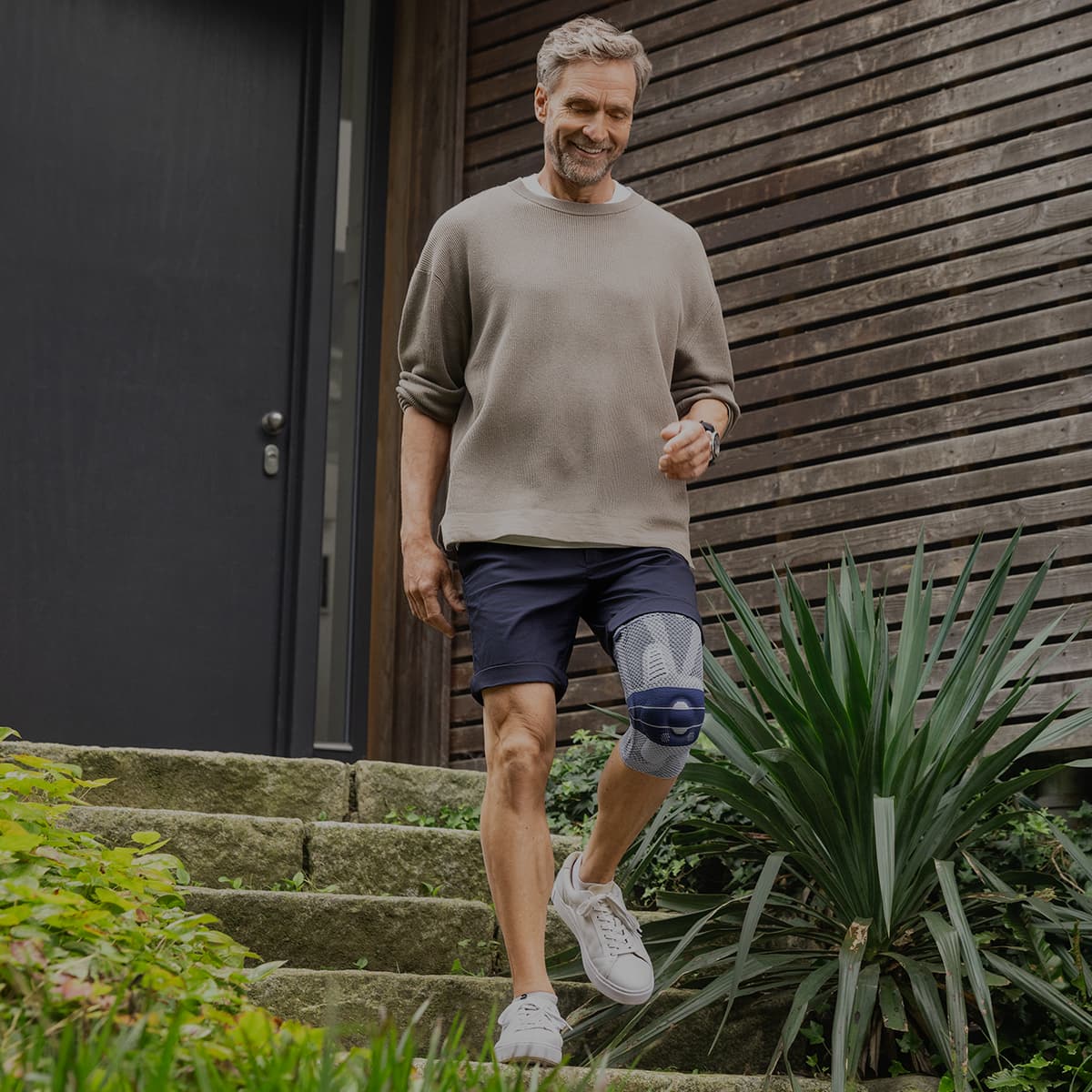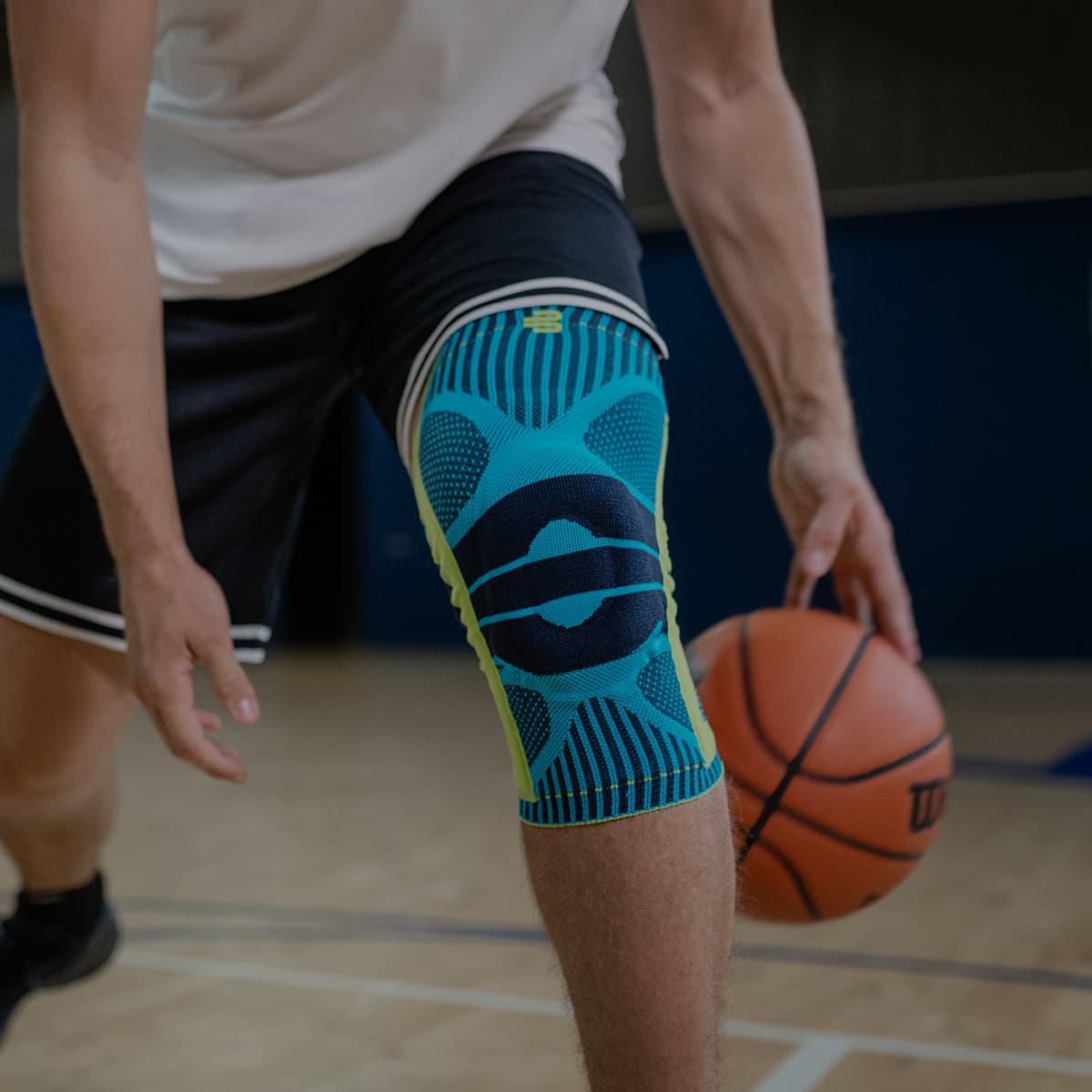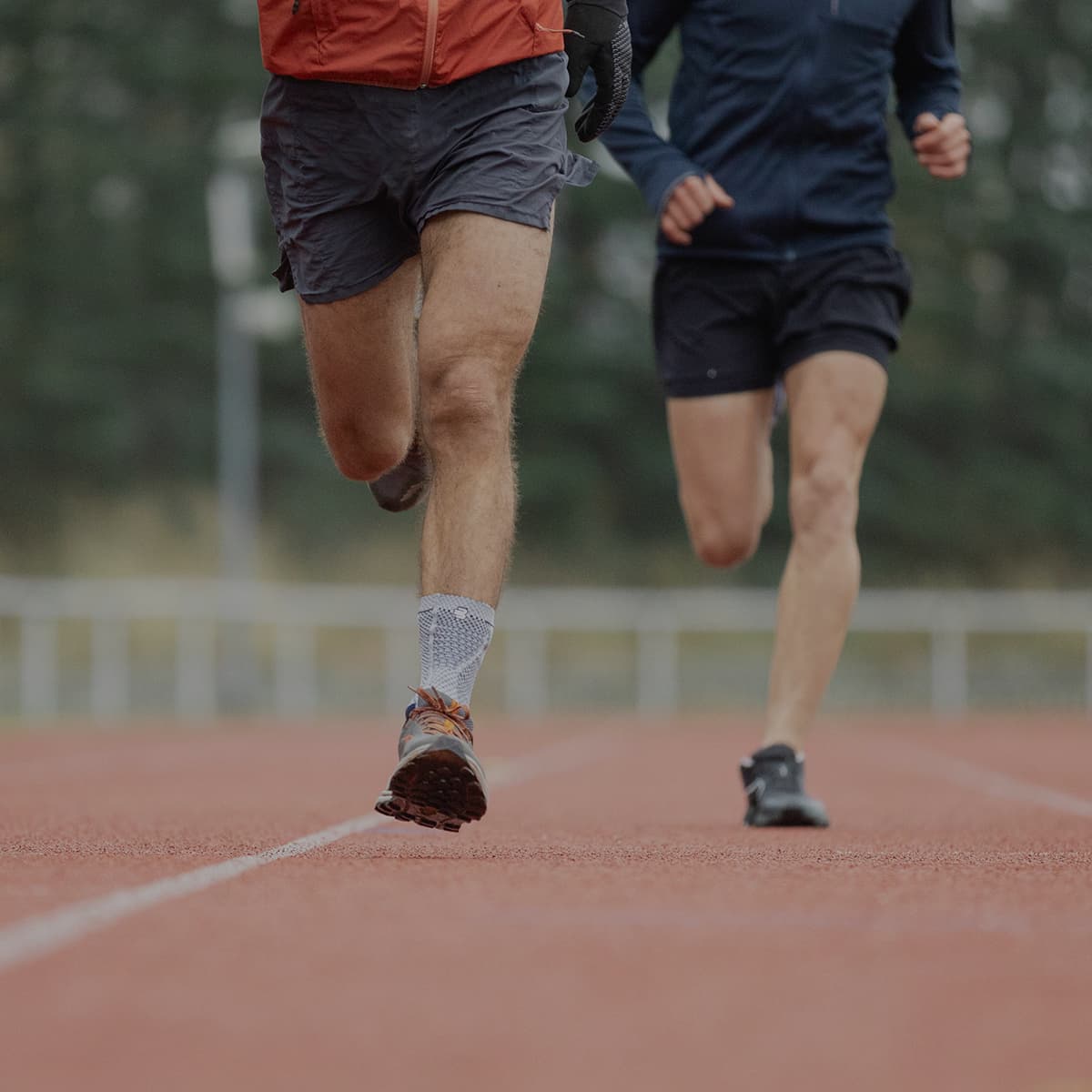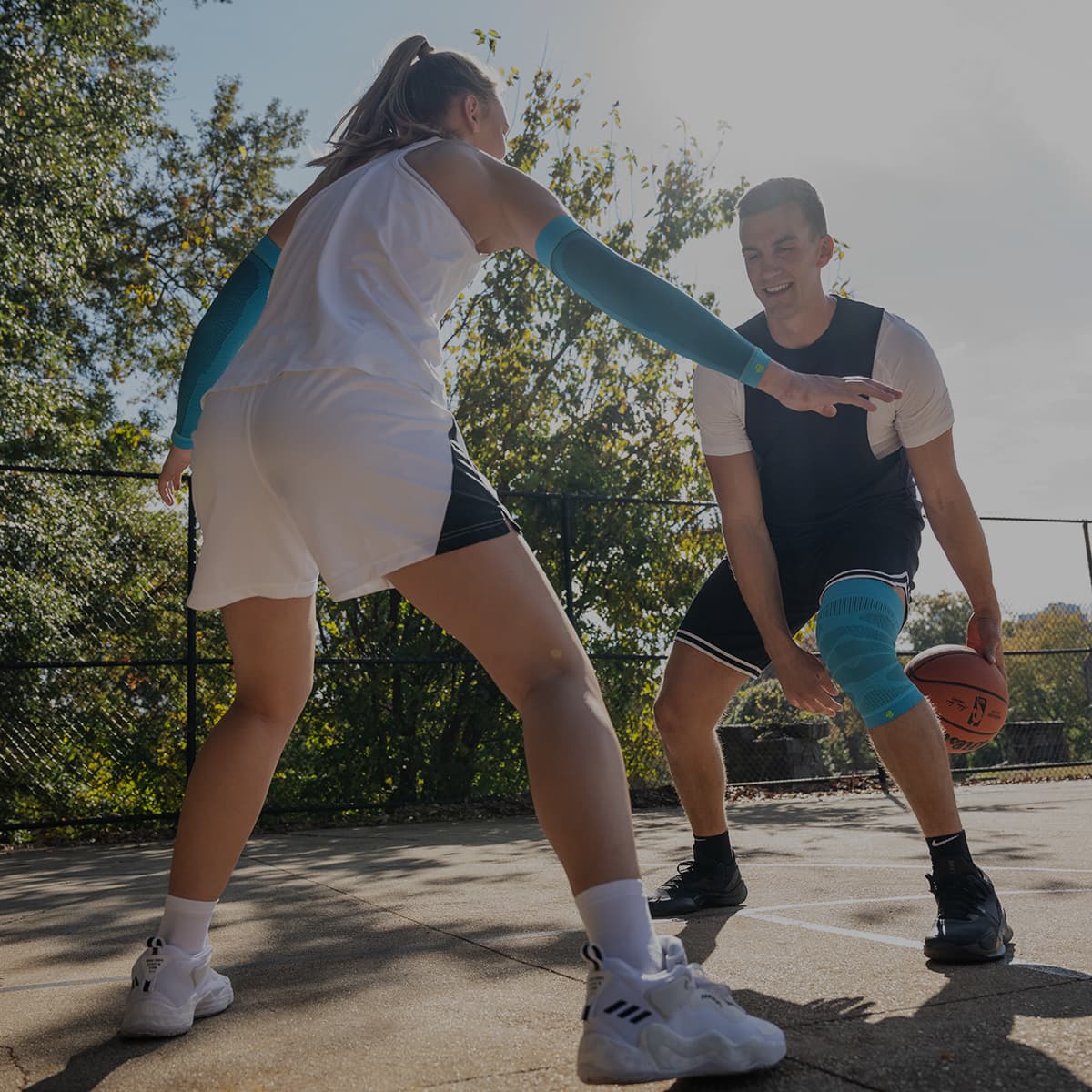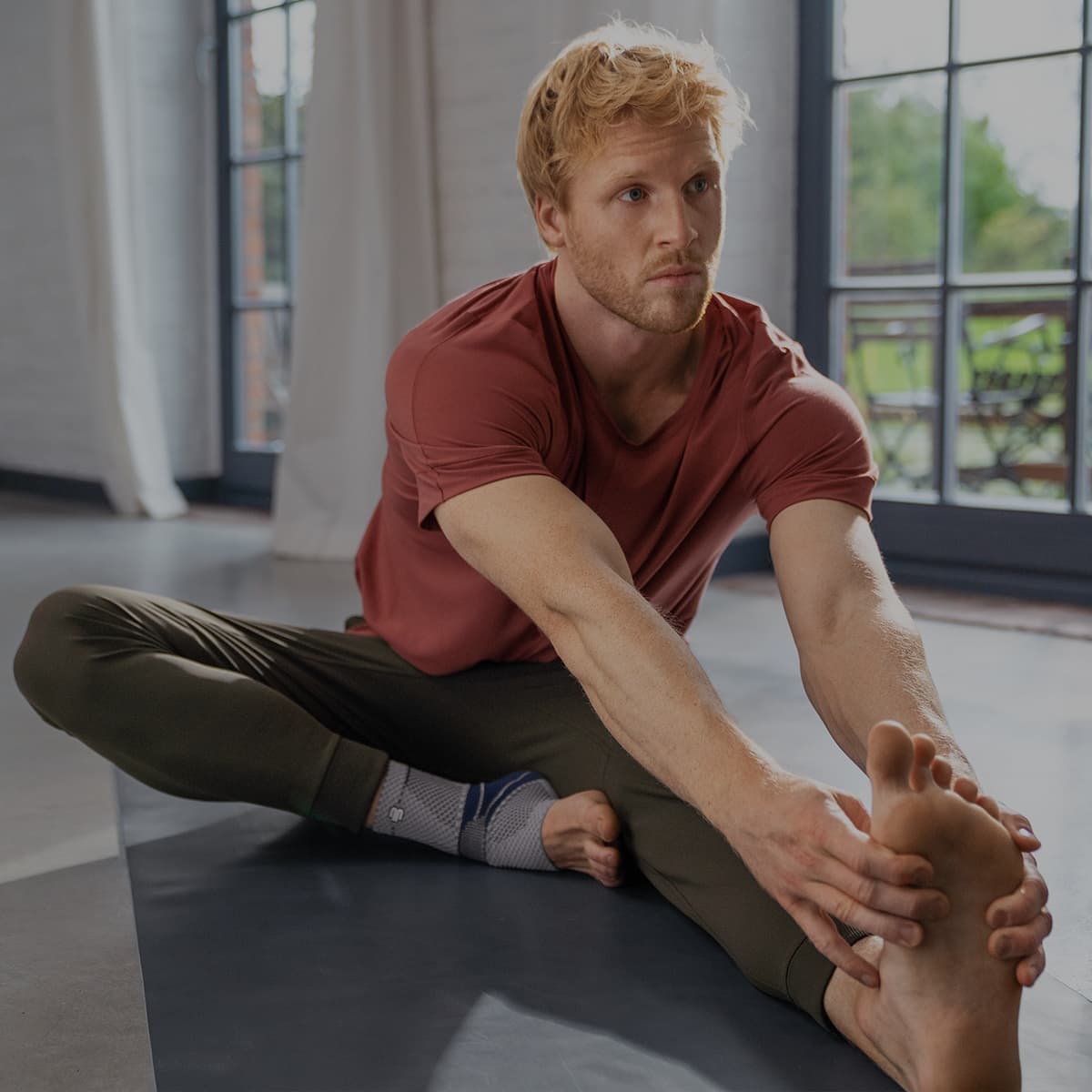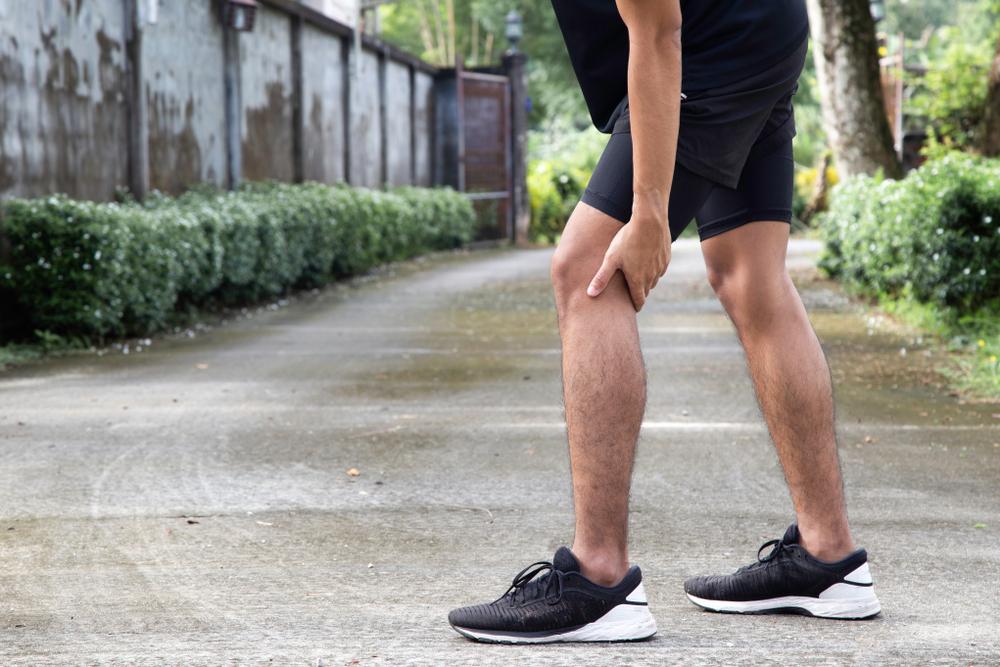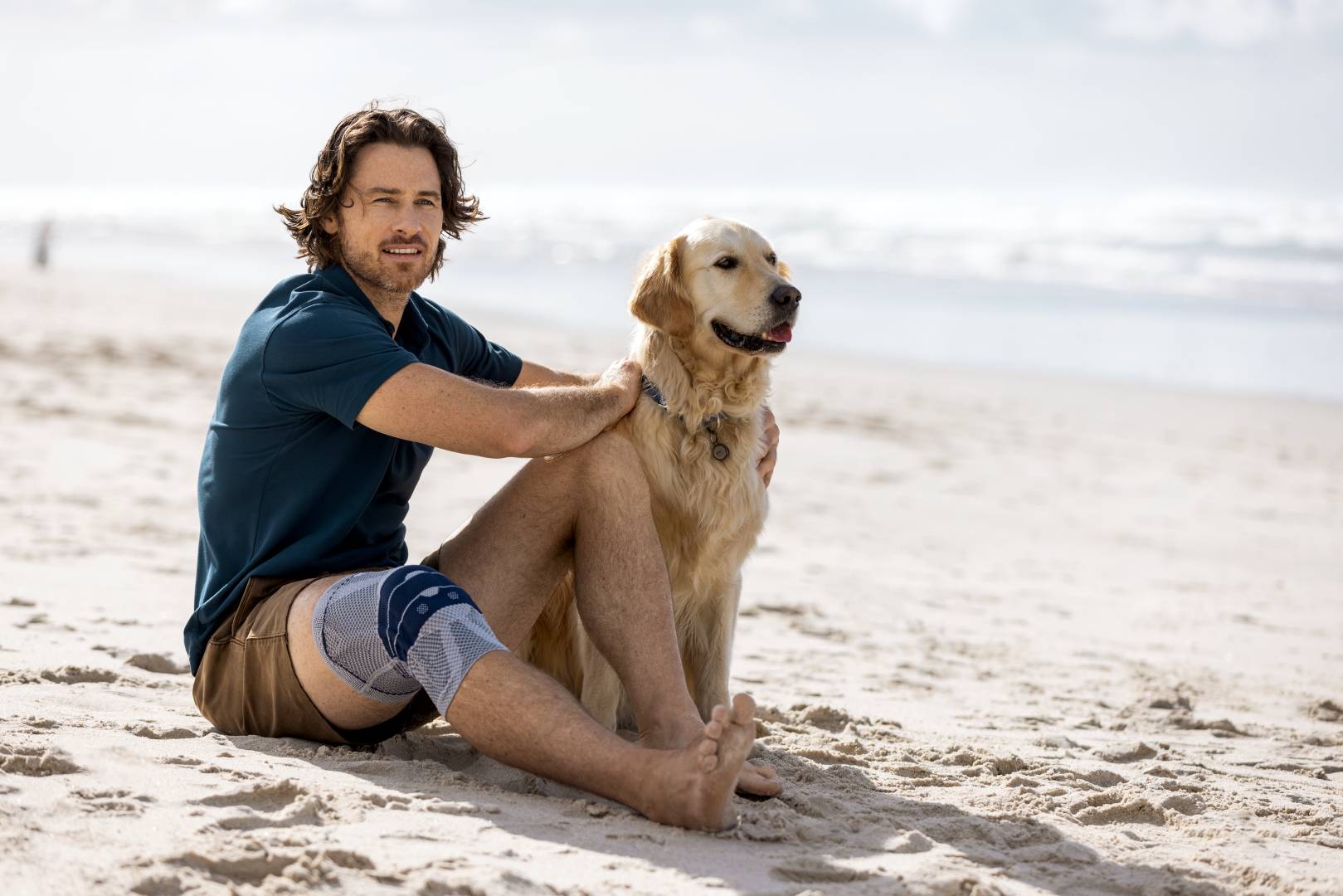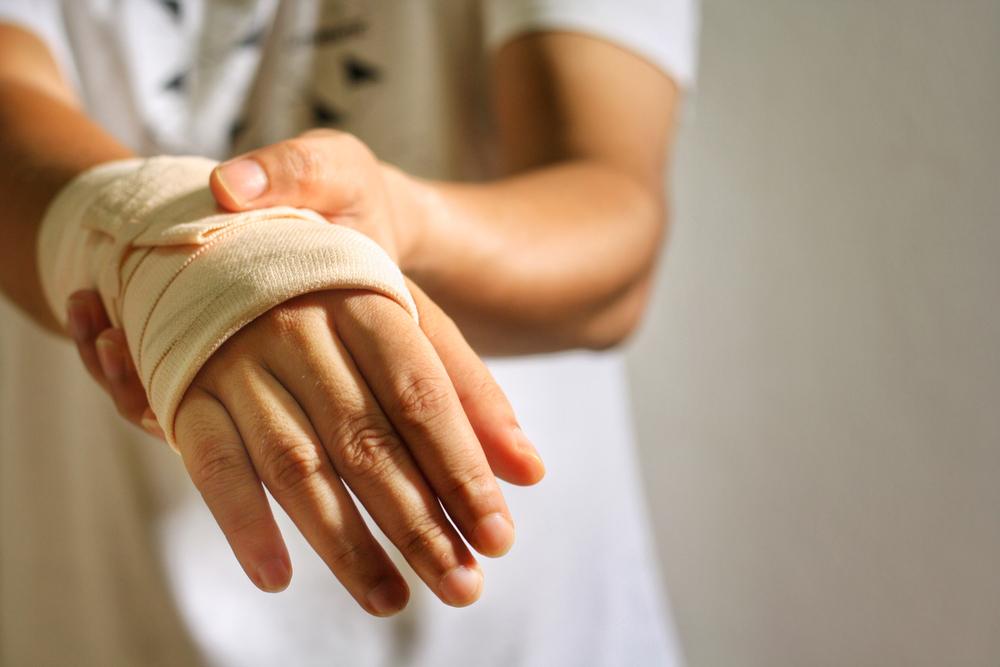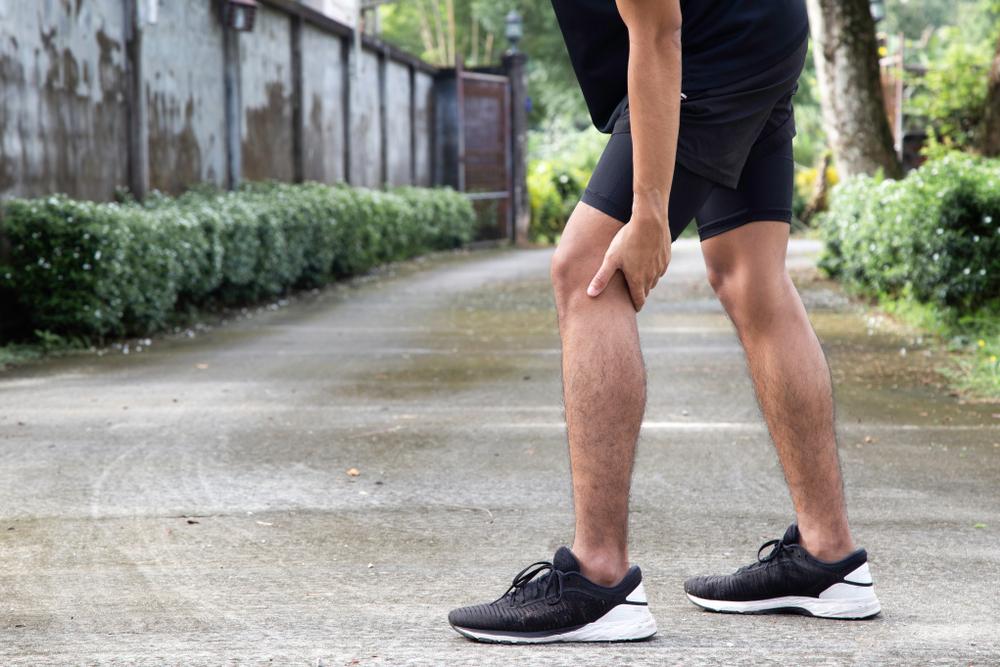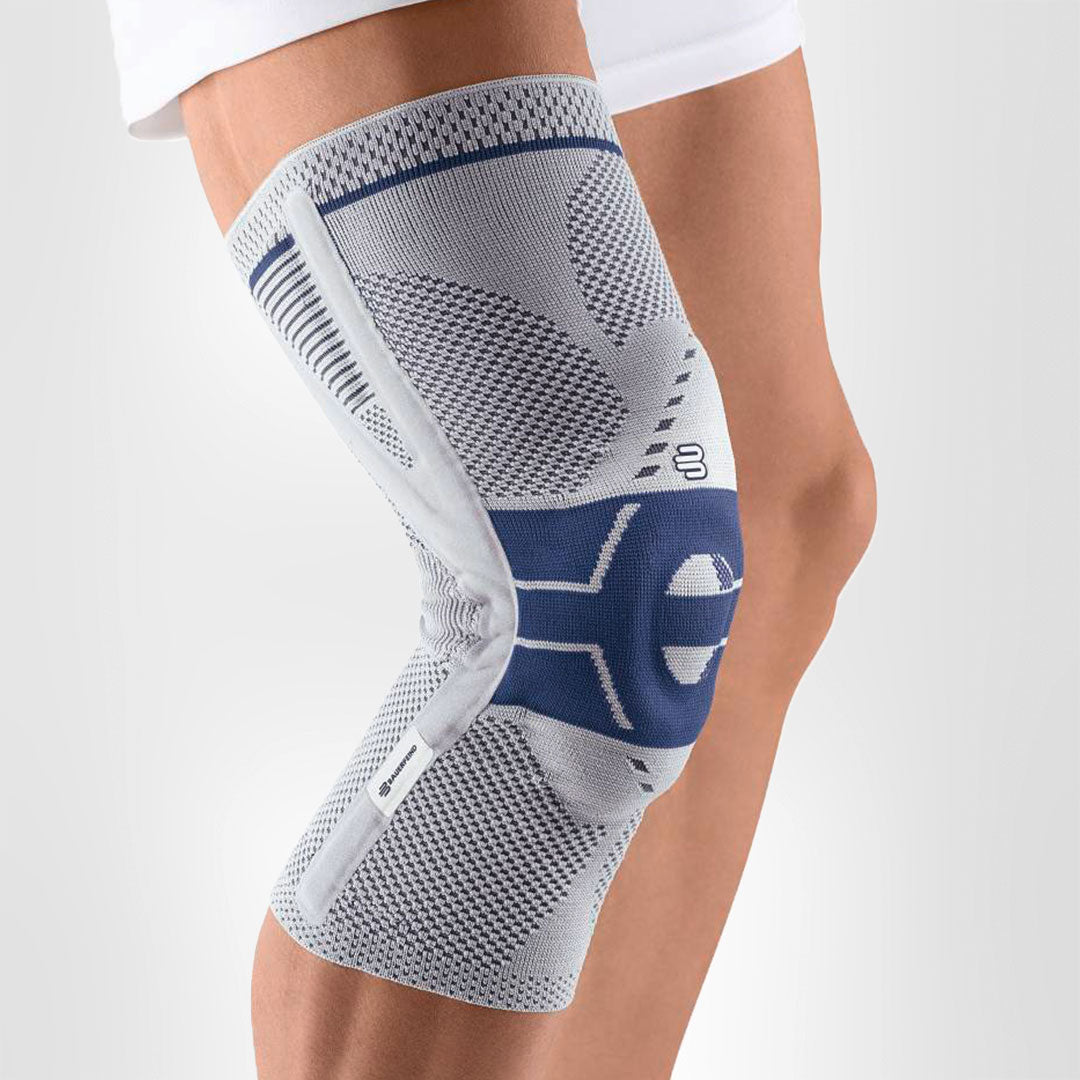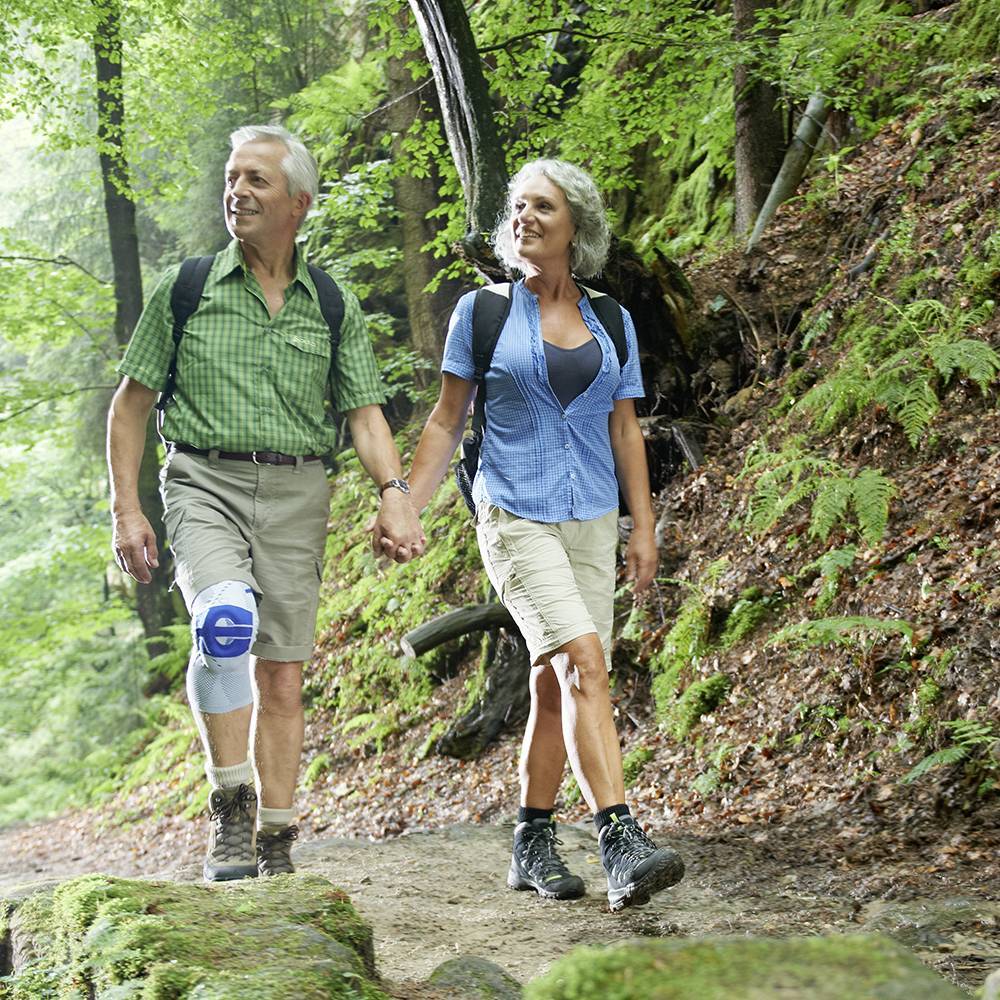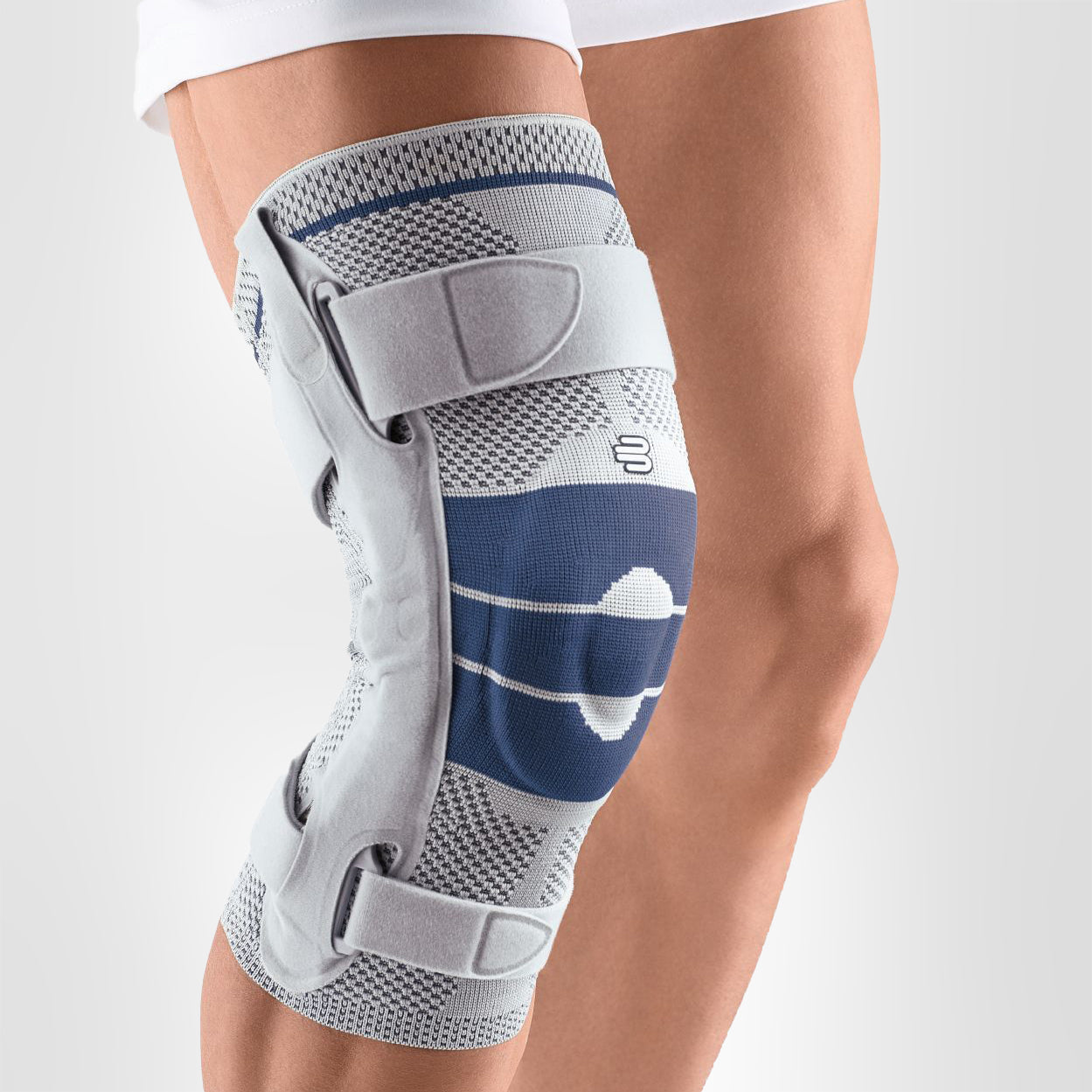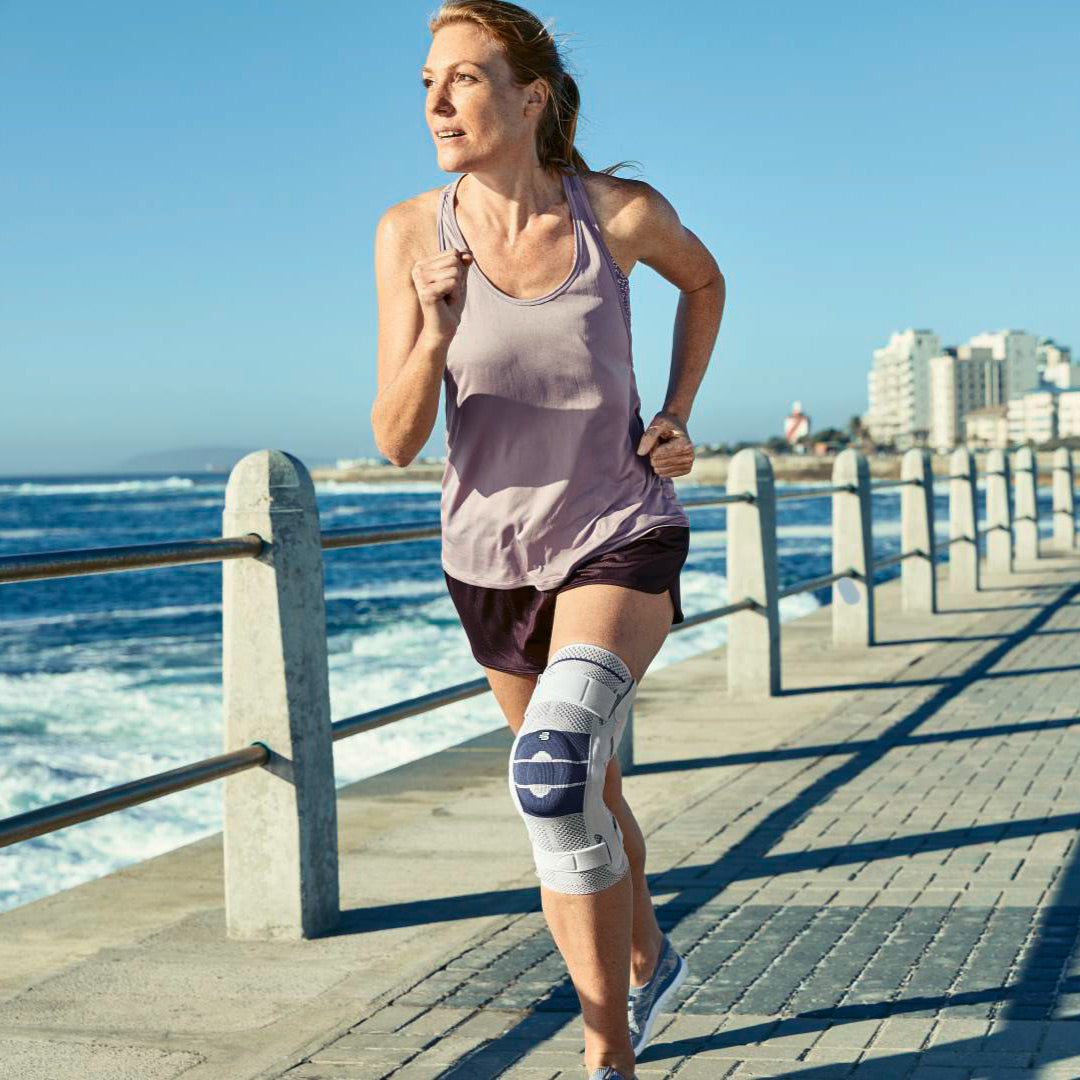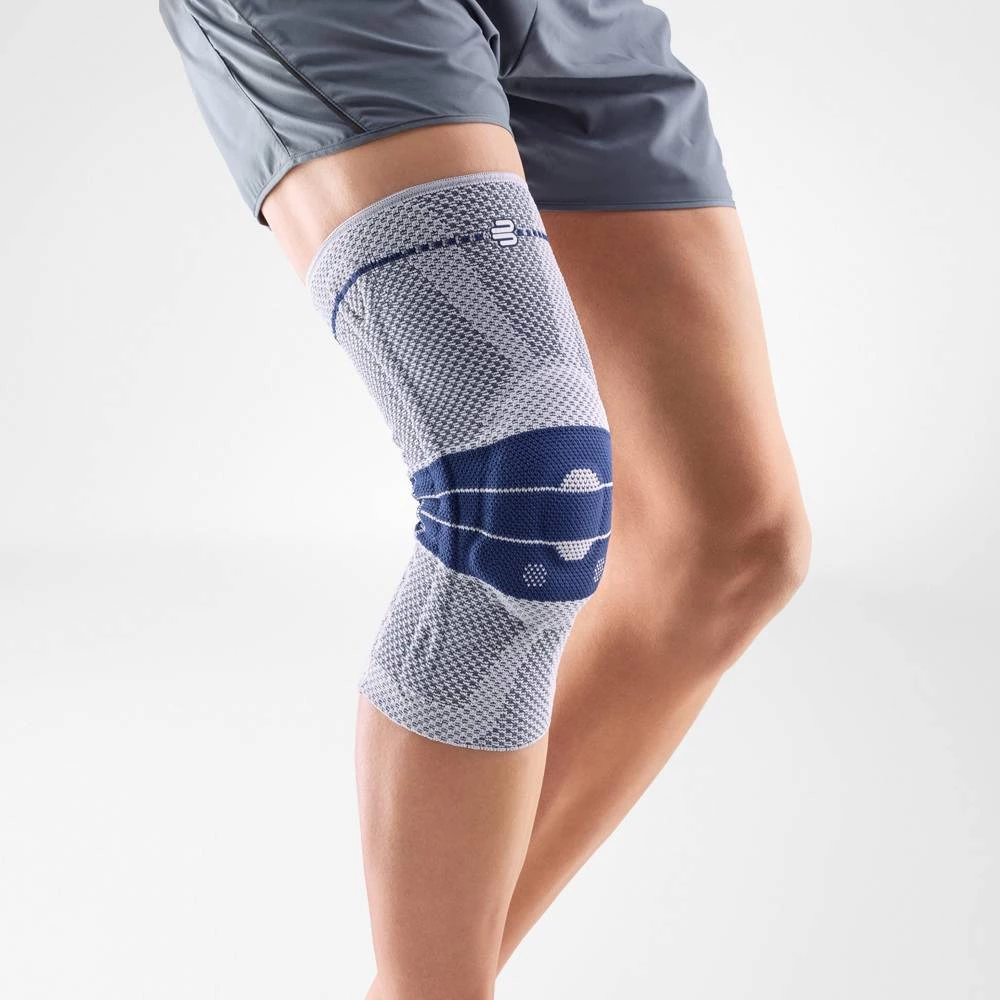Iliotibial Band Syndrome (ITBS) is a repetitive strain injury affecting the ligament which runs along the outside of your leg, joining your hip to your knee. ITBS causes pain whenever the leg is raised, particularly going up and down stairs or traversing slopes.
Not only is it painful and frustrating, but also incredibly common.
In fact, one quarter of all leg and ankle injuries are caused by ITBS. With about 15 per cent of runners having experienced the pain.
Will iliotibial band syndrome go away?
ITBS is an inflammation and aggravation of the ligament, and it therefore won't be able to heal itself. Although it can be stubborn and persistent, the good news is ITBS is not permanent.
It’s important to note that the more serious the pain and injury, the more thorough the treatment required.
Ultimately, prevention is the best cure, and even if you don’t have it, taking care of your legs now will make a world of difference.
How do I treat iliotibial band syndrome?
The below tips here are useful for managing ITBS pain, as well as reducing the risk of it occurring in the first place.
Therapy will help iliotibial band syndrome go away
Treating the muscle is important in the long-term recovery of ITBS.
Using a foam roller or golf ball roll helps to loosen up the ligament and relive tension, while a deep-tissue massage can prove helpful for more serious cases. A physio might even suggest dry-needling which can help.
Note: be wary of proposed IT band stretches, as these have been clinically proven to be ineffective in treating the pain.
Technique while running is important
Refining your running technique can reduce strain on the IT band and allow for less strain on the leg in general.
Shortening your stride is key, and studies have shown it's best to keep to a minimum of 180 steps a minute.

Featured above: GenuTrain S Hinged Knee Brace
The terrain you are running or walking on
What you run on has a huge effect on your knees and the muscles connected to them. Where possible, stick to softer even terrain like grass and dirt trails.
Avoid running on concreted surfaces like pavement or roads, but if you have to, avoid hilly stretches and keep it level.
Learn more: Running on grass vs concrete, does it matter?
Appropriate footwear is crucial
If your foot rolls in too much (pronation) then it excessively strains the IT band.
See a proper running shoe store to get the right pair of running shoes for you. Wearing insoles can also help with your gait and help both now and long-term.
Rest when necessary
Most runners enjoy being out regularly, whether it’s first thing in the morning, last thing at night or somewhere in between.
If you’re starting to feel pain in the leg or knee, ease back on the routine and take a day off running here or there to avoid aggravating the ligament and making things worse.

Featured above: GenuTrain Knee Brace
Strengthening the legs
This is more effective for prevention rather than treatment, but should be practised by runners, especially people who’ve had ITBS in the past.
Here are a few exercises specifically for this area:
- Clamshells
- Glute bridge
- Leg raises
- Planks
- Single leg squats
- Jump squats

